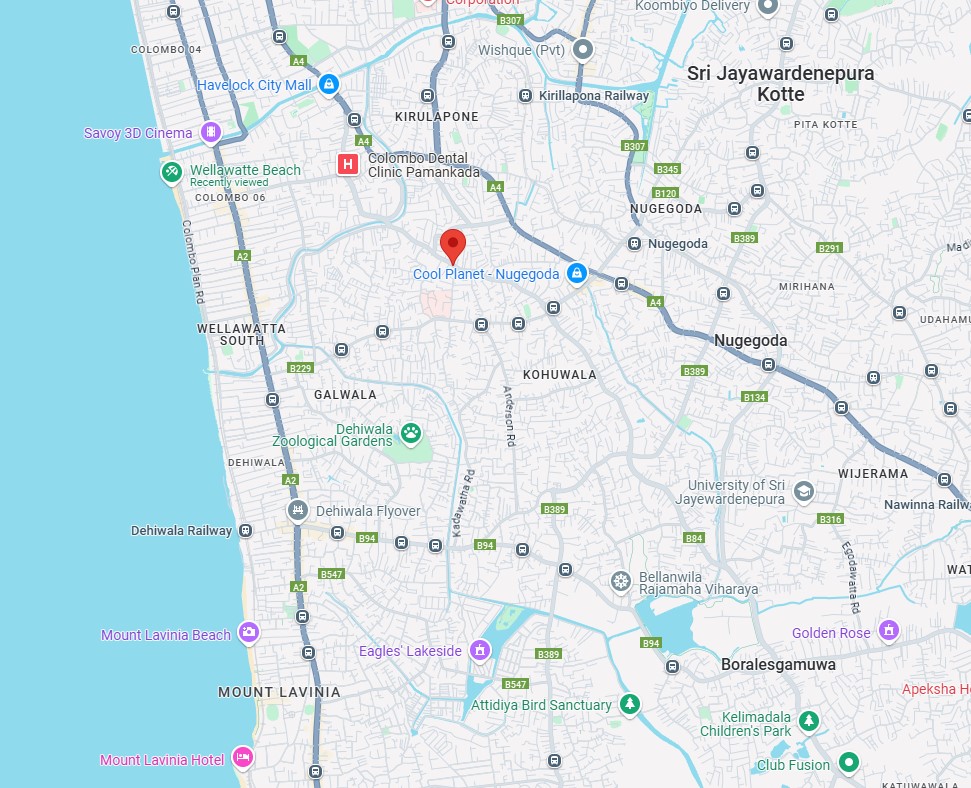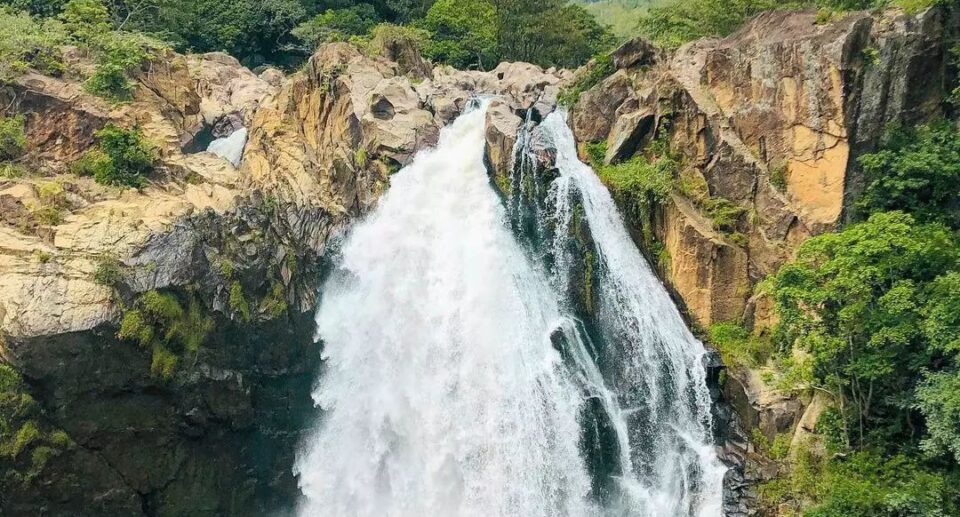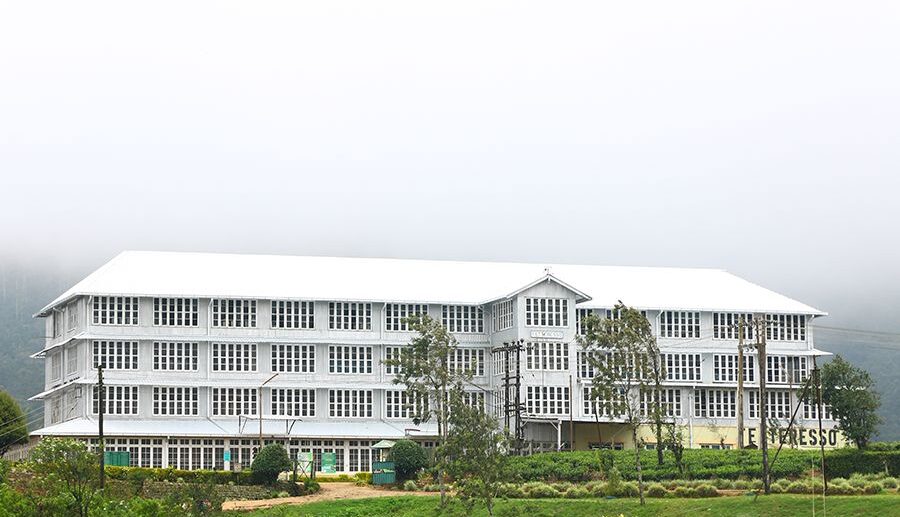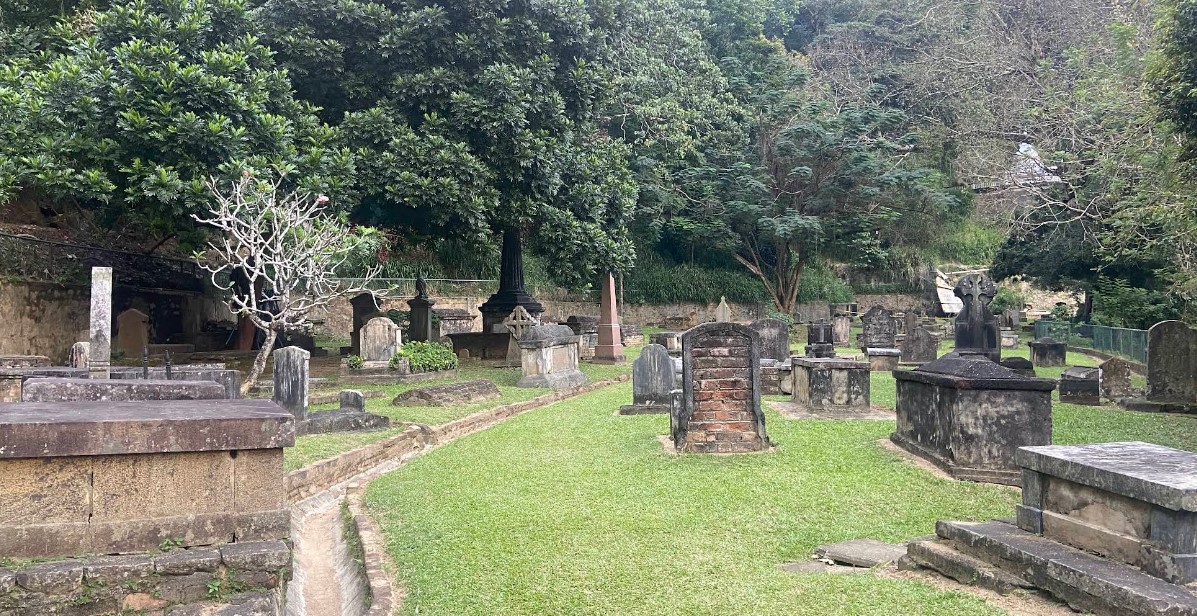Ceylon Tea Museum: A Journey Through Sri Lanka’s Tea Heritage
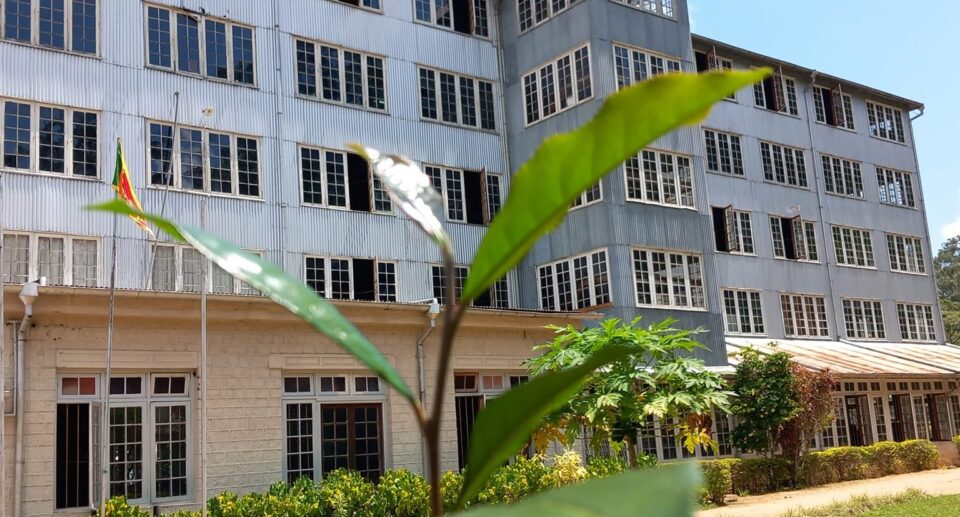
There in the rolling hills of Hantana, a short drive from the ancient city of Kandy, the Ceylon Tea Museum is a testament to Sri Lanka’s best-known export the world over—Ceylon tea. For tea aficionados, history enthusiasts, and travel adventurers alike, the museum provides an intriguing glimpse into the history and current state of the island’s tea business. With its colonial nature, Panoramic scenery, and deep cultural significance, the museum today is a “must-see” attraction in central Sri Lanka.
A Historical Landmark
The Ceylon Tea Museum occupies a beautifully refurbished tea factory of 1925 vintage. This factory, formerly belonging to the Hantana Tea Estate, had remained deserted for over ten years before the Sri Lanka Tea Board and the Planters’ Association of Ceylon restored it and opened it in 2001. The project sought to keep the memory of the tea pioneers alive and showcase Sri Lanka’s extensive tea heritage to the world.
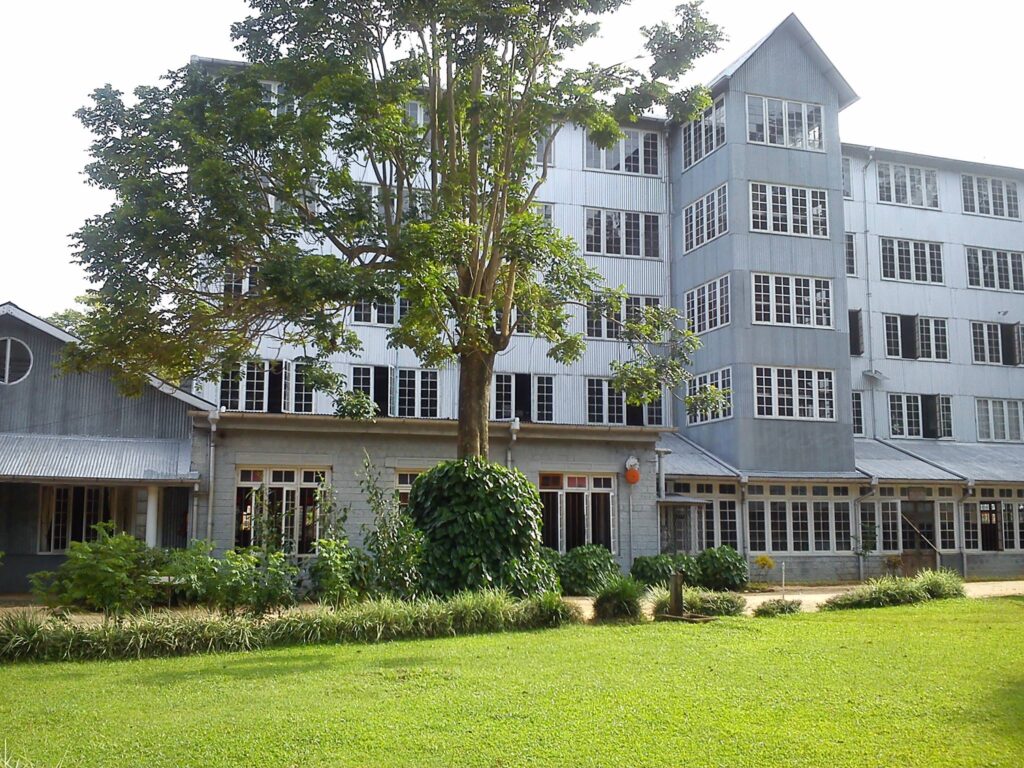
The building itself is an architectural remnant of the British colonial era, still retaining much of its original industrial look, including exposed beams, metal staircases, and high ceilings. This blend of preservation and innovation gives the visitor the real feeling of going back in time while still enjoying a comfortable and polished experience.
The Story of Ceylon Tea
Tea was originally brought to Sri Lanka (formerly Ceylon) in the 19th century by the British. Before tea, coffee was the major crop until a ruinous fungus destroyed most of the plantations. It was at this time that James Taylor, a Scottish planter, began to develop tea cultivation in 1867 at the Loolecondera Estate. His success saw the start of a change that would transform Sri Lanka’s economy and international image for centuries to come.
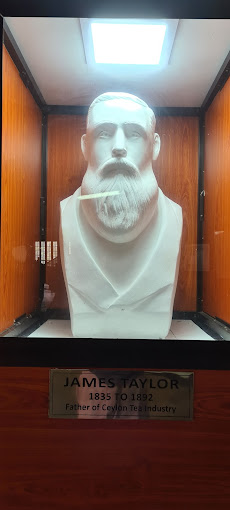
The museum commemorates Taylor and other innovators during the initial plantation days using exhibits that include vintage photos, letters, diaries, and old machinery. The highlight of the exhibits is the James Taylor exhibit, where one discovers his biography, innovations, and beginning of the tea industry in Sri Lanka. His original tea factory exhibits, including the initial tea roller and dryers, are also shown.
Exhibits and Artifacts
Spread across four floors, the museum provides an in-depth explanation of every step involved in the manufacturing of tea. The floors accommodate a wide range of vintage machinery, some of which have been operational over a century. The machinery includes leaf drying equipment, rollers, fermenting tables, and sorting machines. Though out of service, some of the machines formerly used to work and now conduct live demonstration on special occasions or on demand.
The third and second floors focus on records of history, portraits, and photographs of legendry individuals involved in Sri Lankan tea. The exhibitions detail the industry from colonial times up to the present era. Planters’ Association also boasts an area featuring their contribution in tea-grown region infrastructure, education, and social services.
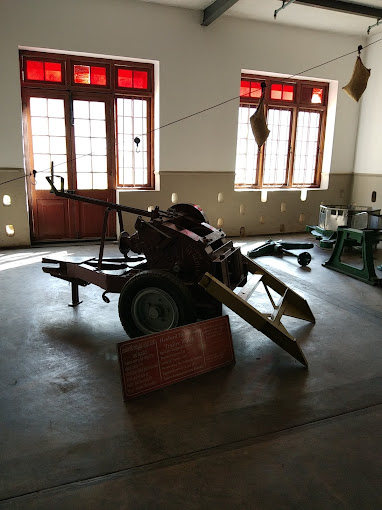
A special highlight is the branding and advertising section, in which one can observe the way Ceylon tea was promoted globally. Vintage posters, labels, and tins across different periods of time demonstrate not only business acumen but also evolving tastes and aesthetics over the years.
The Tea Tasting Experience
No visit to the Ceylon Tea Museum would be complete without a tea tasting session. On the second floor, an inviting café and viewing deck invite visitors to sample several varieties of pure Ceylon tea, including black, green, white, and flavored teas. Knowledgeable staff walk visitors through the nuances of each variety flavor profiles, brewing techniques, and the effect of elevation and weather.
As you sip your tea, you get breathtaking views of the surrounding Hantana mountain range, the Knuckles mountain range in the far distance, and even a view of Kandy city. It’s peaceful, sensory experience that allows tourists to view tea not just as a commodity, but as a component of nature, culture, and heritage.
Educational and Cultural Significance
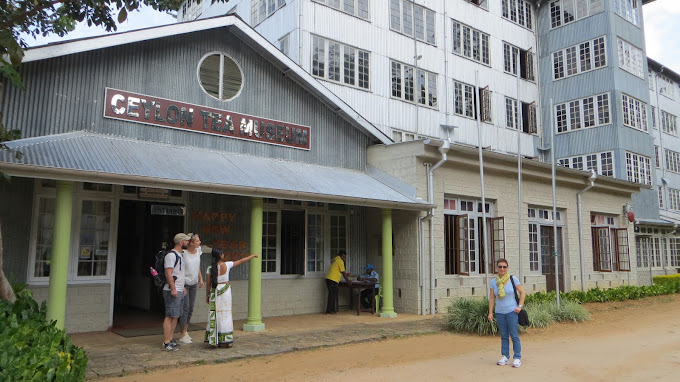
The Ceylon Tea Museum is not only a repository of artifacts—it’s a place of learning where past and present intersect. Class groups of schoolchildren, university students, and foreign researchers visit the museum on a regular basis to learn about agriculture, history, and global trade. Lectures, seminars, and special exhibitions are also organized by the museum throughout the year, promoting a lively dialogue on sustainable agriculture, fair trade, and cultural heritage.
Also, the museum helps place the focus on those who produced the tea—the planters, factory hands, and pickers who are the driving force behind the industry. Through their narratives, the museum ensures a more well-rounded and richer history of tea production.

Sustainability and the Future
As the world goes greener, Sri Lanka’s tea industry is going greener as well. The museum features exhibits on organic farming, carbon-free plantations, and fair labor practices. It emphasizes the necessity to balance profit with environmental sustainability and social concern.
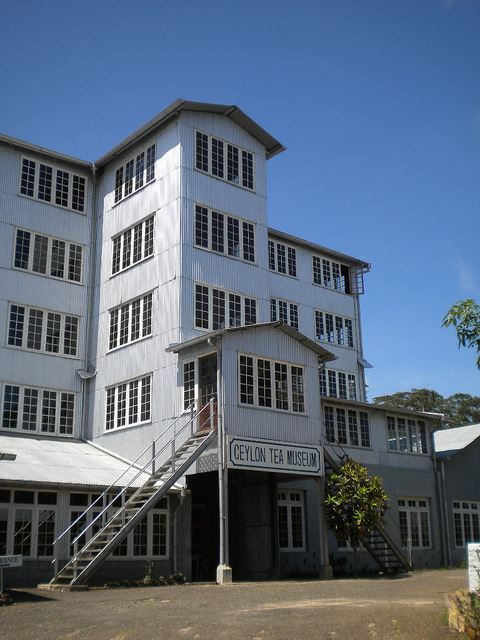
The museum itself is not exempt from this trend, working to decrease its carbon footprint and support local artisans with its gift shop. Visitors are able to purchase authentic Sri Lankan teas, handloomed fabrics, and locally made items, which support small businesses and preserve ancient traditions.
How to Get There and What to Know
The Ceylon Tea Museum is approximately 4 kilometers from Kandy city center, off the Hantana Road. The journey is a picturesque ride through green tea estates, curved narrow roads, and crisp mountain air. Most travelers prefer to travel by tuk-tuk or taxi from Kandy, but the braver ones can choose to hike or cycle through the hills.
The museum typically is open Tuesday through Saturday, 8:30 a.m. to 3:45 p.m., but it’s always a good idea to telephone in advance for any variations on hours or special functions. The museum has a modest entrance fee, and children and students can receive a discount.
Final Thoughts
The Ceylon Tea Museum is more than a sidetrack on a tour route—it’s an personally involving experience that connects the tourist with the heart and soul of Sri Lanka. With its thoughtful displays, stunning location, and passionate stories, the museum celebrates a national treasure that has touched the lives of millions around the world. Whether you are a tea aficionado or a wandering traveler, the experience at the Hantana Tea Museum is guaranteed to leave you with an enhanced appreciation for the humble yet extraordinary leaf that changed the destiny of an island.
